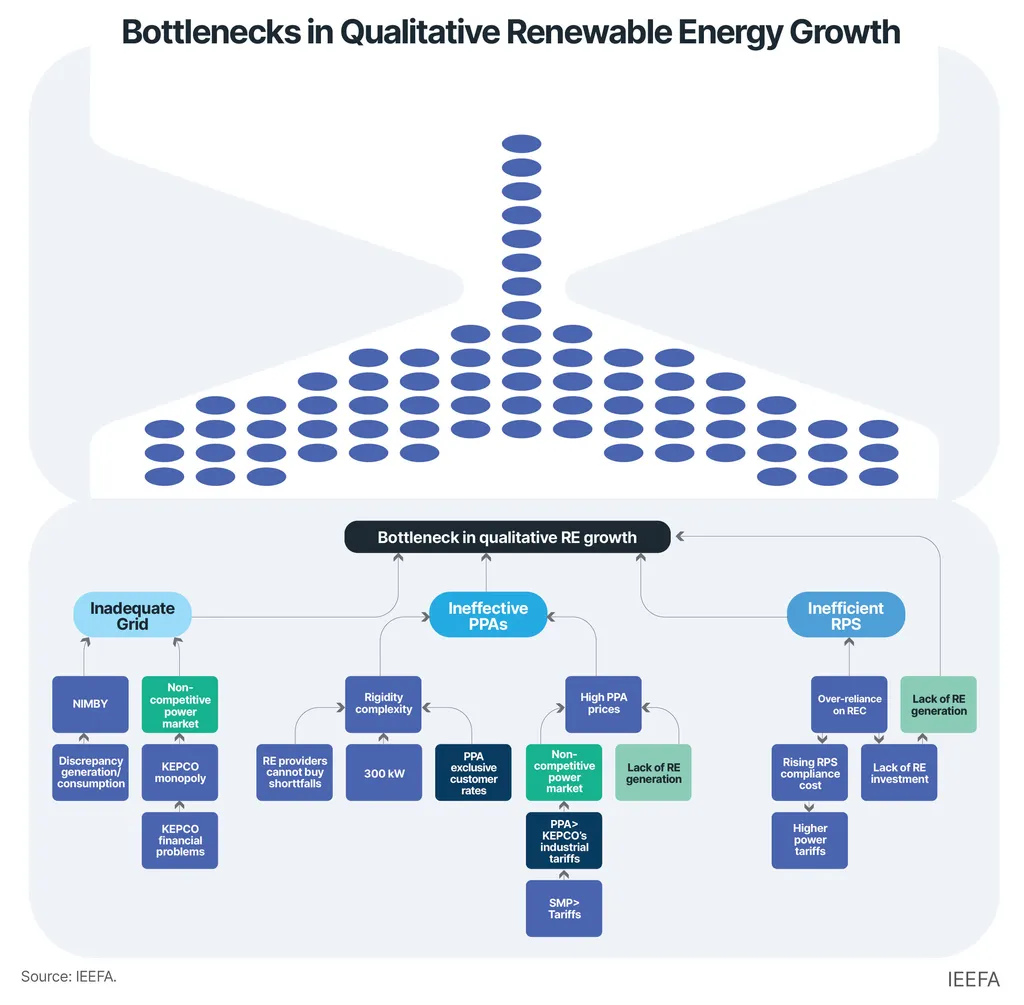In the quest to integrate more renewable energy into our power grids, researchers have made a significant stride. A team led by Su-Seong Park from the Department of Electrical and Biomedical Engineering at Hanyang University in Seoul, South Korea, has developed a novel distributed control method that could revolutionize how we manage DC local grids. Their work, recently published in the journal “IEEE Access” (translated as “IEEE Open Access”), focuses on enhancing the penetration rate of renewable energy sources while minimizing voltage fluctuations, a critical challenge in modern energy systems.
The team’s approach centers around a droop-based distributed control method, which intelligently manages the state of charge (SoC) of energy storage systems (ESS) within the grid. “Our method designs droop gains considering line impedance and other parameters in the DC local grid, facilitating precise SoC equalization among different ESS,” Park explained. This precise control ensures that each component shares power effectively, reducing voltage fluctuations and improving overall system stability.
One of the standout features of this research is the integration of secondary voltage compensation control with ramp rate control. This combination helps alleviate excessive output fluctuations from renewable energy sources, a common issue that can destabilize the grid. “By applying droop control to the grid-connected converter considering the SoC of ESS, we enable effective power distribution between the AC grid and ESS based on the magnitude of SoC,” Park added.
The results are impressive. The proposed method achieves a 56.56% improvement in the penetration rate of renewable energy, a significant leap forward. Additionally, the DC bus voltage fluctuation is controlled within 1%, and SoC equalization is achieved when operating more than two ESS units in the DC local grid system. These findings were validated through PSCAD/EMTDC simulations, demonstrating the method’s effectiveness.
The commercial implications of this research are substantial. As the world shifts towards renewable energy, the ability to integrate these sources seamlessly into the grid becomes increasingly important. This method could pave the way for more stable and efficient DC local grids, reducing the need for expensive infrastructure upgrades and enhancing the reliability of renewable energy sources.
Looking ahead, this research could shape future developments in the field by providing a robust framework for managing energy storage systems and renewable energy integration. As Su-Seong Park and his team continue to refine their method, we may see broader applications in smart grids and other advanced energy systems. The journey towards a sustainable energy future is complex, but innovations like this bring us one step closer to realizing that vision.

